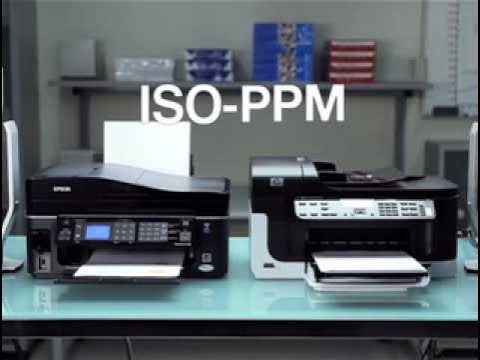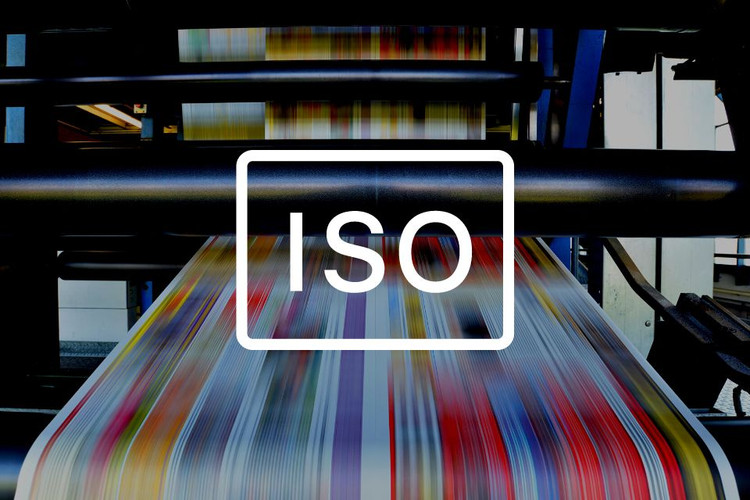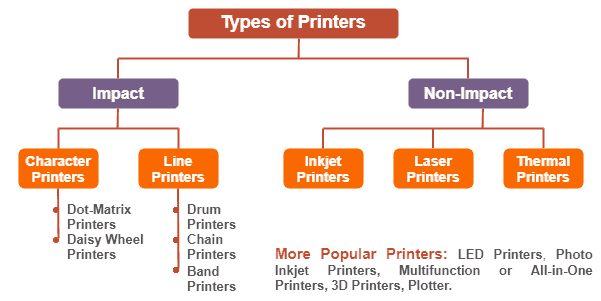Decoding Iso Meaning for Printers: A Comprehensive Guide
Introduction
In the world of printing, several technical terms can be confusing and overwhelming. One such term is ISO - a standard that’s often spoken in the same breath as print quality and performance. But what does ISO mean for printers, and why should you care? In this comprehensive guide, we aim to decode the meaning of ISO for printers and delve into its importance, practical implications, and how it shapes your printer purchasing decisions. Read on to discover more.
What is ISO and Why is It Important?
The abbreviation "ISO" stands for the International Organization for Standardization. This universal body constructs standards to confirm that the products, services, and systems that customers are purchasing are both dependable and of high quality. Here is why it's particularly substantial:
- Global Standardization: ISO provides a common platform, ensuring services and products conform to certain safety and quality benchmarks globally. This evens the playing field for businesses and boosts the customer's faith in the product's reliability.

- Influence on Printers: For printers, adhering to ISO standards holds high importance. ISO standards set the norms for print speed, compatibility, quality, and more.
- Consumer Trust: By adhering to these standards, printer manufacturers not only ensure their printer's superior performance but also enhance customer satisfaction and trust.
- Consistent Quality: ISO standards ensure that regardless of the model or brand, the customers will always receive a printer that performs consistently and as per the specific standards.
How Does ISO Relate to Printers Specifically?
Do Specific ISO Standards Regulate Printers?
It's important to recognize the relationship between ISO and printers, as it serves the crucial role of normalizing print quality and speed metrics. This standardization is significant to provide a consistent benchmark that can be used for comparison. Here's how ISO standards find a specific application in printers:
- Performance Validation: Printer manufacturers market their products with certain specifications, such as a promise that their printers can deliver 'x' number of pages per minute. In the absence of ISO standards, these claims may remain unverified. ISO standards help authenticate these assertions, supporting the reliability of the product.
- Yield measurement: ISO also sets protocols for measuring the yield of printer cartridges. This is a vital specification, as it informs buyers of the cost per printed page, thereby contributing to the total cost of printer ownership.
- Print Speed and Quality Consistency: ISO ensures print speed and quality consistency among all printers. Accordingly, an ISO certified printer will provide consistent performance, irrespective of its brand or model.
Looking further into printer specific ISO standards, we encounter major ones including:
- ISO/IEC 24711 and ISO/IEC 24712: These standards guide the testing of the yield of inkjet printer cartridges.
- ISO/IEC 19752: This standard stipulates the measurement of the yield of toner cartridges for monochrome laser printers.
The importance of these standards highlight the role ISO plays in the printer market—making comparisons easier, ensuring consistency and enhancing overall consumer confidence.
What Are the Practical Implications of ISO in Printers?
Unraveling how ISO Standards Influence Printer's Functionality
ISO standards resonate in practicality by facilitating a universal benchmark intended for printer performance. It is more than just a set of technical jargon; it is a custodian of sustained printer efficiency, quality, and maintenance. By understanding how these standards influence printer functionality, you can leverage the maximum benefits of your printing machine.
1. Accurate Measurement:
- Primary ISO standards such as ISO/IEC 24711 and ISO/IEC 24712 establish a precise methodology for testing and measuring inkjet printer cartridge yields. These standards play a crucial role in determining productivity and cost-effectiveness of print jobs.
- The ISO/IEC 19752 standard, on the other hand, guides the measurement process for toner cartridge yields in monochrome laser printers. Following this standard ensures the realistic depiction of printer cartridge life.
2. Enhancing Quality:
- Adhering to ISO standards signifies a quality guarantee. ISO sets a bar of expectations. Printers conforming to these internationally recognized standards reassures the users about a certain level of performance and print quality.
3. Ensuring Compatibility:
- Compatibility emerges as a critical factor in today's diverse technological landscape. ISO standards define the compatibility norms ensuring smooth interoperability of the printing machine with various devices and platforms.
4. Amplifying Consumer Confidence:
- ISO standards empower consumers to make informed decisions while purchasing printers. Knowing that a printer complies with these standards fosters trust and certainty about the product's reliability and performance.
In a nutshell, the practical implications of ISO standards in the world of printers extend beyond performance metrics. They influence the overall quality, productivity, and consumer confidence associated with the printing device. By ensuring universal compatibility, stringent quality specifications, and precise measurements, these standards serve as a robust pillar supporting printer efficiency and durability.
How Do ISO Standards Influence Printer Purchasing Decisions?
ISO standards significantly affect purchasing decisions for printers. The methodology they prescribe aids buyers in making confident, well-informed decisions based on several key elements. Let's examine how ISO standards influence printer buying behavior:
1. Performance Assurance: Adherence to ISO standards delivers a performance guarantee to the customers. For example, the expected yield from an ink or toner cartridge or a specified number of pages a printer can produce per minute.

2. Simplifying Choices: These standards make the purchasing process more straightforward. Information, especially technical, presented in a consistent, easy-to-understand format, allows for an apples-to-apples comparison and decision-making.
3. Cost Estimation: ISO standards help in estimating the cost per page and the total ownership cost of printers by defining methods for measuring printer cartridge yield.
4. Ensuring Uniformity: ISO standards ensure that regardless of the make or model, printer performance is consistent. It builds consumer confidence and satisfaction in the product.
In essence, ISO standards play a crucial role in shaping buyer behavior by ensuring the transparency of specifications, which contributes to performance predictability and cost-effectiveness.
Conclusion
ISO standards significantly impact printer performance by setting the benchmark for print speed and quality. This simply means that a printer, which claims adherence to a certain ISO standard, is expected to perform uniformly and consistently as per the stated metrics. This is crucial for businesses and individual users who prioritize high performance over other factors when selecting a printer.
Related FAQs about what does iso mean for printers
What does ISO mean for printing speed?
ISO for printing speed refers to the standards set by the International Organization for Standardization, which allow consumers to compare print speeds. These standards define a consistent testing methodology, ensuring that manufacturers' speed claims are measured under the same conditions and therefore, are comparable.
How do ISO standards ensure print quality?
ISO standards ensure print quality by setting specific global norms for the printer manufacturing industry. By adhering to these standards, manufacturers are validating that their printers provide consistent, high-quality output under pre-defined testing conditions.
What role does ISO play in maintaining printer compatibility?
ISO standards play a key role in maintaining printer compatibility by defining universal norms of interoperability. This means that ISO compliant printers can work smoothly with various devices and platforms, ensuring efficiency and ease for users.






